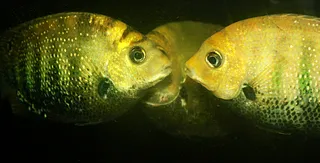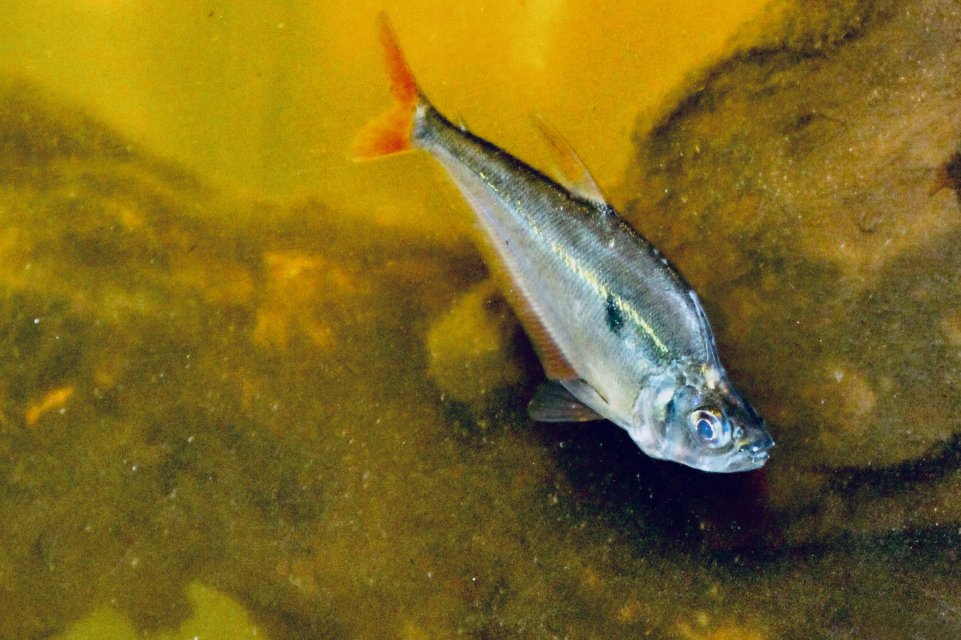After 7 decades of fish keeping, I have become more and more anal about what species of fish I keep together, in the same tanks.
I became even more persnickety, after ending up in a career as a water chemist/microbiologist, realizing the vast differences in water types, the sensitivity of certain fish to pathogenic bacterial species, in even seemingly benign and minor water parameter differences, and idiosyncrasies.
Parameters such as pH, and hardness, all come into play, indirectly influencing the health of fish we keep, because of bacterial immunity, or the lack thereof.
For example…
Fish from acidic, soft waters, are not immune to same species of bacteria, found in high pH, hard water (and visa versa ).
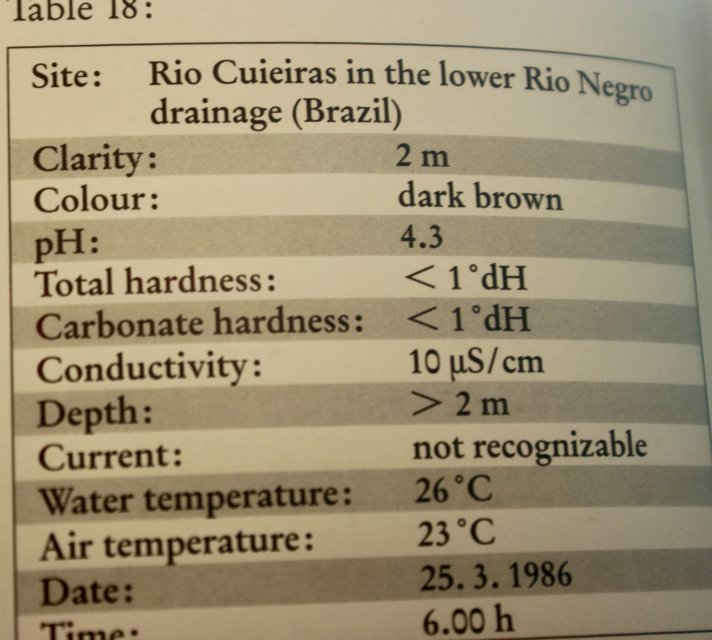
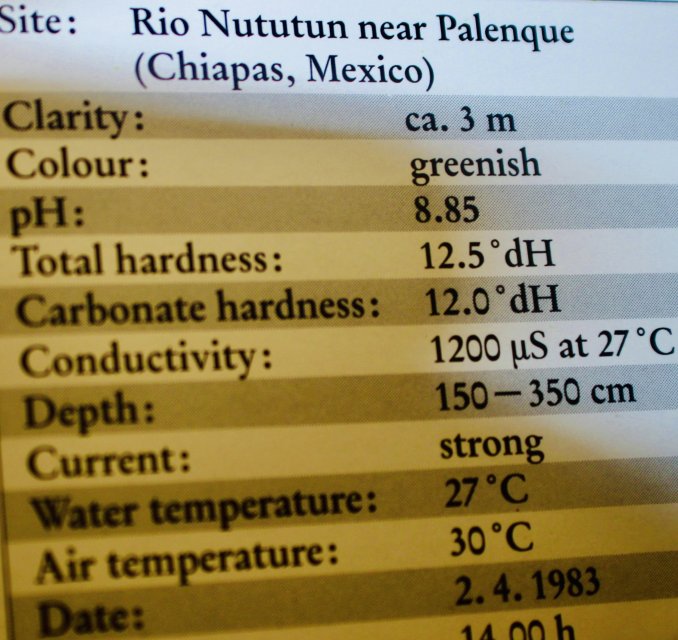
But…
I also realize though, (as a hobbyist) that its not just about water chemistry, or science, its about what’s under water, its what’s above the water, its about the fishes territorial needs. Its about proper substrate,
It’s about the entire habitat coming into play, and that is what makes it challenging and keeps it interesting (at least to me).
It also may mean the just because fish share the same continent, doesn’t mean they share, or are healthy in the same habitat.
Cichlid species such as Gymnogeophagus from the temperate waters of Uruguay and Argentina, (where there is sometime snow in winter) do not belong in the same tank with tropical Amazonian species like severums, or Angelfish, where there are constant water temps in the 80s´F, even though they are all S Americans, and beyond the differences of pH and hardness, north to south.
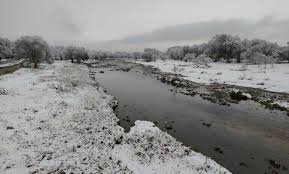
Above a winter scene in Argentina.
Or that Denison barbs and White cloud mountain minnows from cool 65¨F water streams in the highlands of India, or China, do not belong in the same tanks with Bettas from the lowland rice paddies of Viet Nam, or Cambodia, much less the 82 +F waters in Central America, or in Amazonia.
I became even more persnickety, after ending up in a career as a water chemist/microbiologist, realizing the vast differences in water types, the sensitivity of certain fish to pathogenic bacterial species, in even seemingly benign and minor water parameter differences, and idiosyncrasies.
Parameters such as pH, and hardness, all come into play, indirectly influencing the health of fish we keep, because of bacterial immunity, or the lack thereof.
For example…
Fish from acidic, soft waters, are not immune to same species of bacteria, found in high pH, hard water (and visa versa ).


But…
I also realize though, (as a hobbyist) that its not just about water chemistry, or science, its about what’s under water, its what’s above the water, its about the fishes territorial needs. Its about proper substrate,
It’s about the entire habitat coming into play, and that is what makes it challenging and keeps it interesting (at least to me).
It also may mean the just because fish share the same continent, doesn’t mean they share, or are healthy in the same habitat.
Cichlid species such as Gymnogeophagus from the temperate waters of Uruguay and Argentina, (where there is sometime snow in winter) do not belong in the same tank with tropical Amazonian species like severums, or Angelfish, where there are constant water temps in the 80s´F, even though they are all S Americans, and beyond the differences of pH and hardness, north to south.

Above a winter scene in Argentina.
Or that Denison barbs and White cloud mountain minnows from cool 65¨F water streams in the highlands of India, or China, do not belong in the same tanks with Bettas from the lowland rice paddies of Viet Nam, or Cambodia, much less the 82 +F waters in Central America, or in Amazonia.




